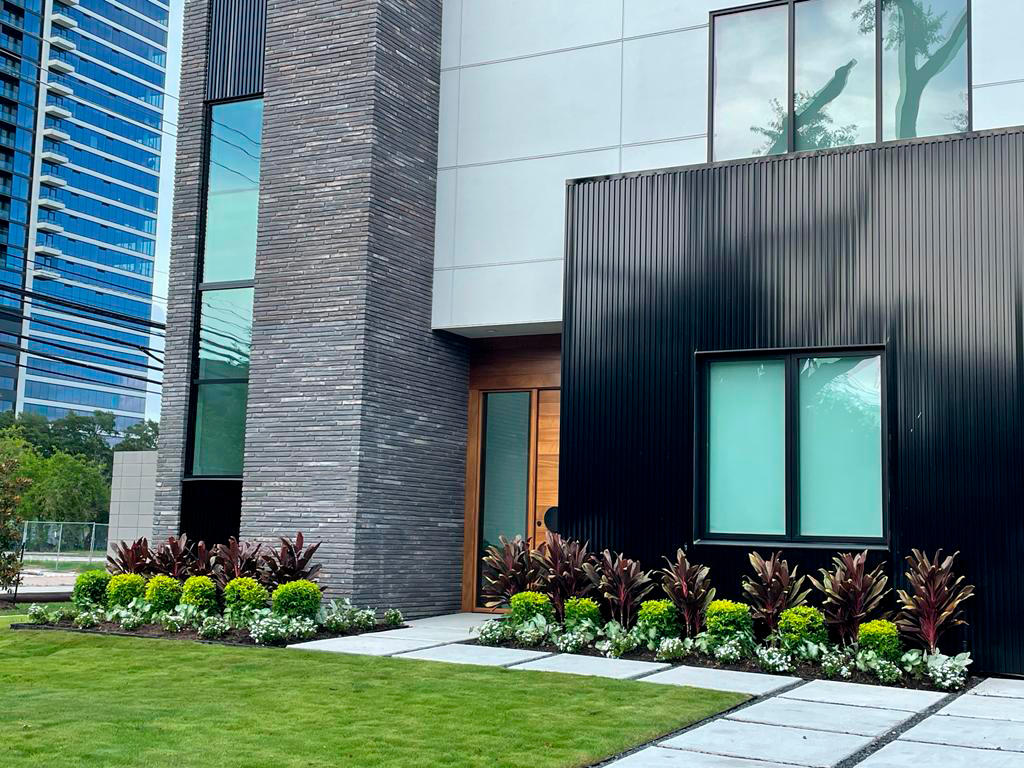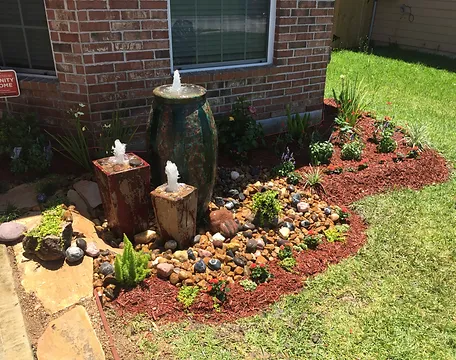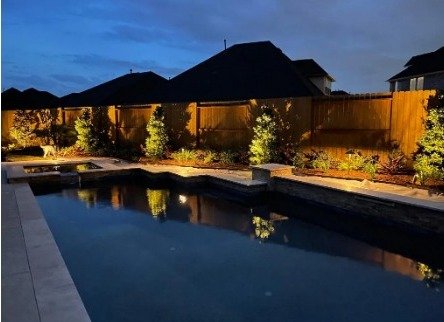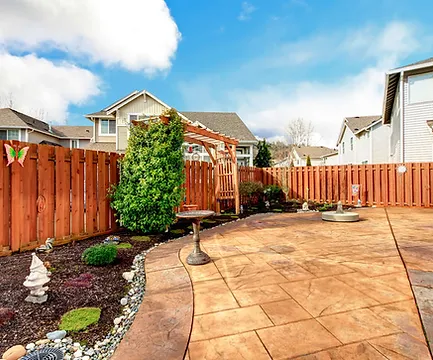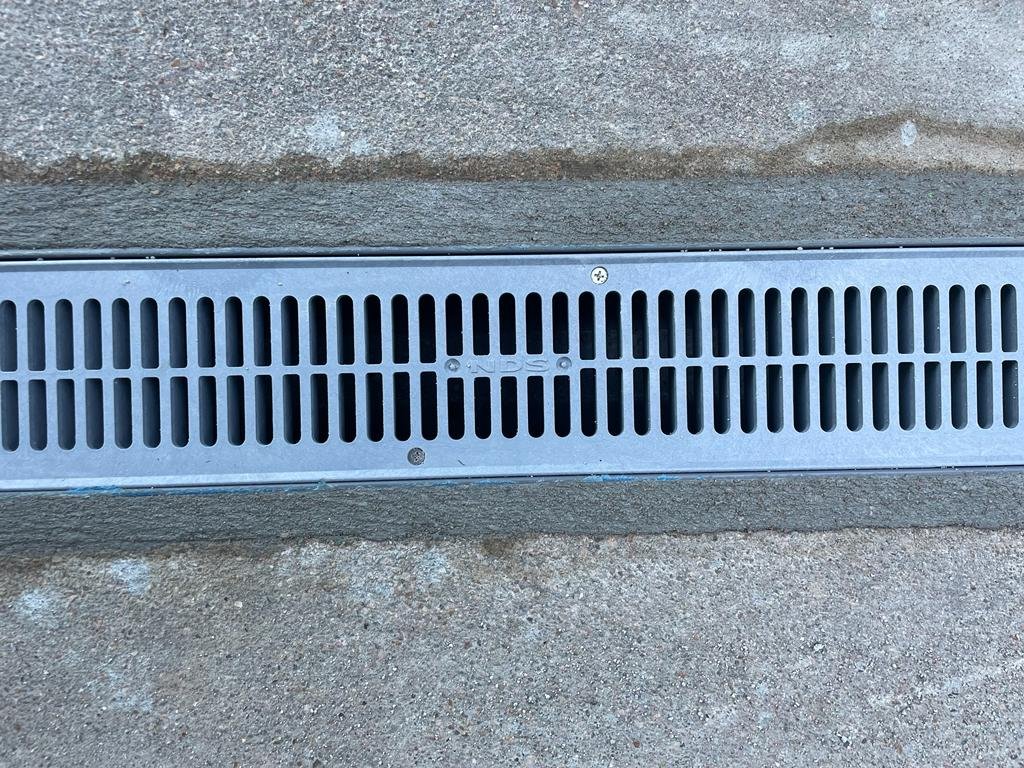Landscape art is the arrangement of elements of nature combined with architectural elements, such as outdoor structures and sidewalks, to create concrete solutions that improve the quality of space-time. Particularly in residential landscape architecture, we find that there are two main garden solutions, depending on the setting and context in which the project takes place.In the houses that have been placed in a natural environment, the main objective of the landscape is to tame this exterior vegetation, mediating the relationship between nature and architecture. On the other hand, when the project is located in densely urbanized areas, the challenge is to integrate the trees into the house as much as possible, through terraces, outdoor spaces and patios.Residential landscape refers to the outdoor spaces of a residential property, such as a home or apartment building. This can include the front and back yards, gardens, patios, decks, and other outdoor areas. Residential landscapes are typically designed and maintained by the property owner, and they may be used for a variety of purposes, such as gardening, outdoor entertaining, or simply enjoying the outdoors.1. Start with a plan. Before you start making any changes to your landscape, take the time to create a detailed plan that outlines your goals, budget, and timeline.
2. Choose plants wisely. Select plants that are well-suited to your climate and soil conditions, and consider factors such as mature size, growth rate, and watering needs.
3.Use a mix of plants. To create a visually interesting landscape, use a mix of plants, including trees, shrubs, perennials, annuals, and groundcovers.
4. Plan for year-round interest. Choose Plants that will provide interest throughout the year, with colorful flowers, interesting foliage, and attractive bark or berries.
5. Use hardscaping elements. Hardscaping elements, such as patios, walkways, and retaining walls, can add structure and function to your landscape.
6. Consider water conservation. In dry climates, water conservation should be a top priority. Use drought-resistant plants, mulch heavily, and consider installing a drip irrigation system.
7. Create outdoor living spaces. Incorporate seating, dining, and cooking areas into your landscape to create functional outdoor living spaces.
8. Add lighting. Landscape lighting can extend the use of your outdoor spaces into the evening hours and add a sense of safety and security.
9. Incorporate water features. Water features, such as fountains, ponds, and waterfalls, can add visual interest and a soothing sound to your landscape.
10. Use natural materials. Natural materials, such as stone, wood, and clay, can add a sense of warmth and texture to your landscape.
11. Make it eco-friendly. Consider using eco-friendly materials and practices in your landscape, such as using native plants and organic fertilizers.
12. Plan for privacy. Use plants, fences, or other structures to create a sense of privacy in your landscape.
13. Keep it low maintenance. Choose plants and materials that are easy to care for, so you can enjoy your landscape without a lot of work.
14. Add color. Colorful flowers and foliage can add vibrancy and interest to your landscape.
15. Incorporate personal touches. Make your landscape your own by adding personal touches, such as family heirlooms, artwork, or sculptures.Residential landscapes are the outdoor spaces of a residential property, such as a home or apartment building. These spaces can include front and back yards, gardens, patios, decks, and other outdoor areas. A well-designed residential landscape can provide a beautiful and functional outdoor space for homeowners to enjoy.There are many factors to consider when designing a residential landscape. First, it is important to start with a plan. This plan should outline the goals, budget, and timeline for the landscape project. It should also consider the climate and soil conditions, as well as the mature size and growth rate of the plants that will be used.A mix of plants is important in creating a beautiful and interesting residential landscape. Trees, shrubs, perennials, annuals, and groundcovers can all be used to create a diverse and dynamic landscape. It is also important to choose plants that will provide year-round interest, with colorful flowers, interesting foliage, and attractive bark or berries.Hardscaping elements, such as patios, walkways, and retaining walls, can add structure and function to a residential landscape. These elements can provide areas for outdoor living, such as seating, dining, and cooking areas. Lighting can also be used to extend the use of the outdoor spaces into the evening hours and to add a sense of safety and security.Water conservation is an important consideration in dry climates. Drought-resistant plants, mulch, and drip irrigation systems can all help to conserve water in a residential landscape. Water features, such as fountains, ponds, and waterfalls, can add visual interest and a soothing sound to the landscape.In conclusion, residential landscapes can provide a beautiful and functional outdoor space for homeowners to enjoy. By considering factors such as climate, soil conditions, and plant selection, and by incorporating hardscaping and water conservation, a well-designed residential landscape can add value and enjoyment to a property.Clear Lake is a community located in Houston, Texas. It is located near the NASA Johnson Space Center and is known for its proximity to the water, as it is situated on the shores of Clear Lake and Galveston Bay. The community offers a variety of amenities, including parks, marinas, golf courses, and nature preserves. It is also home to several schools and a number of businesses, making it a popular place to live and work.

